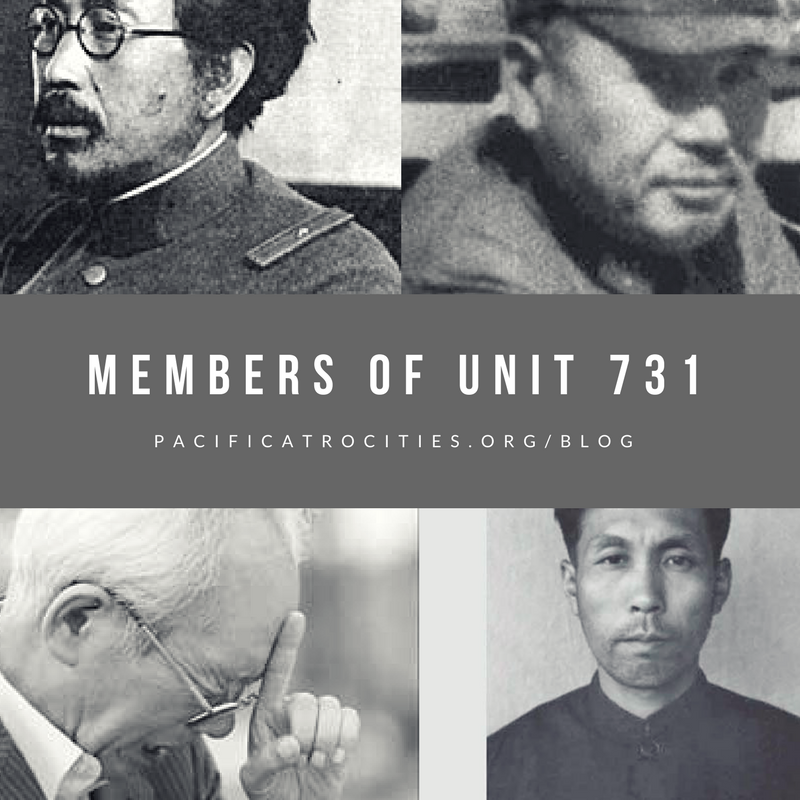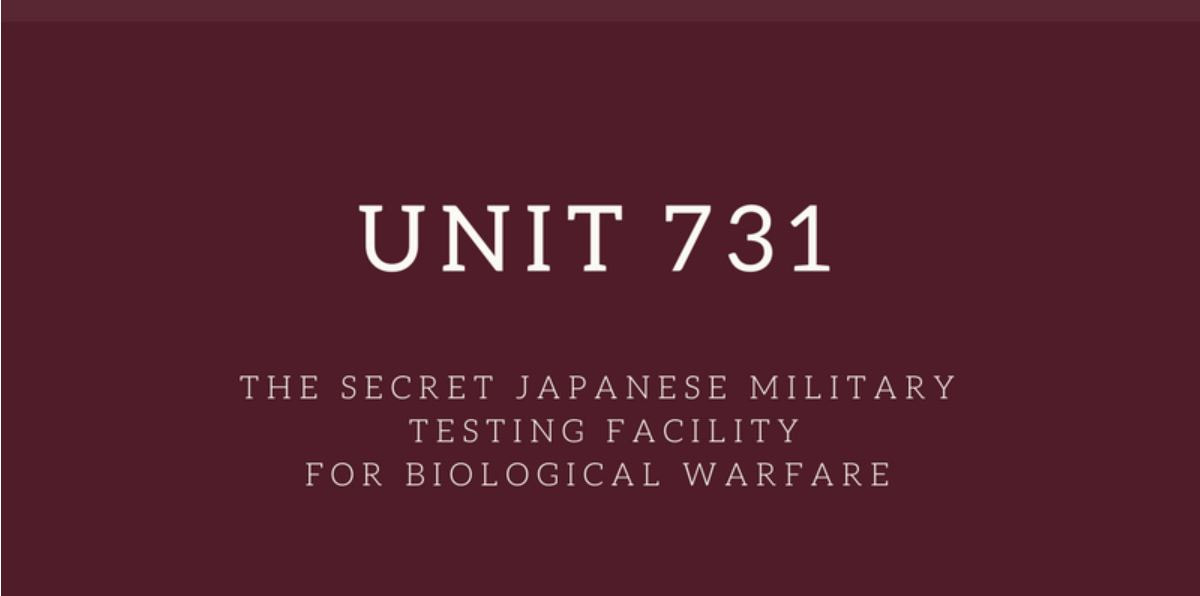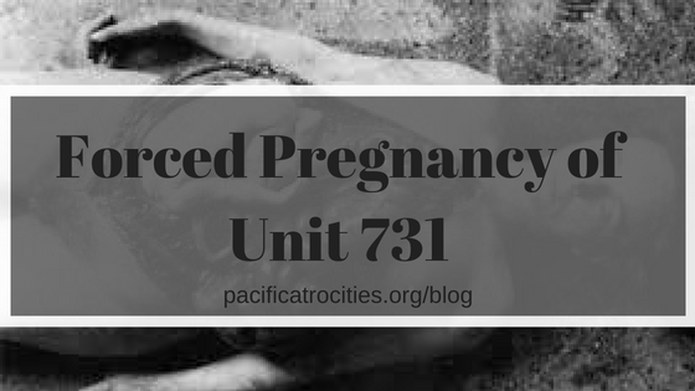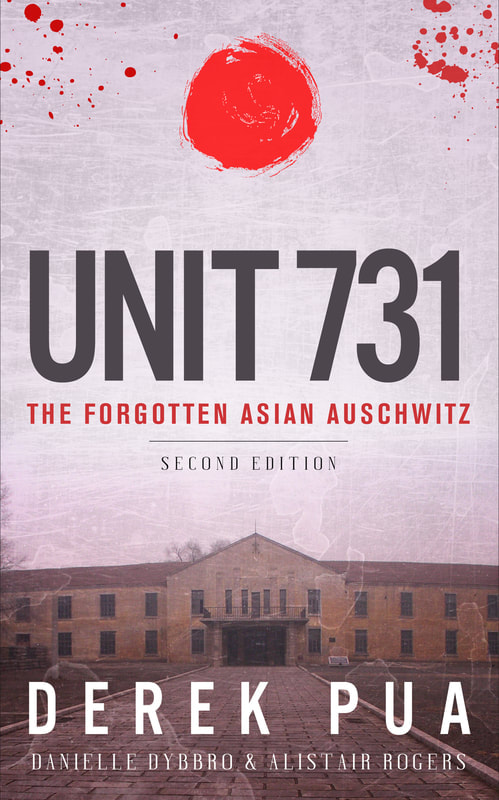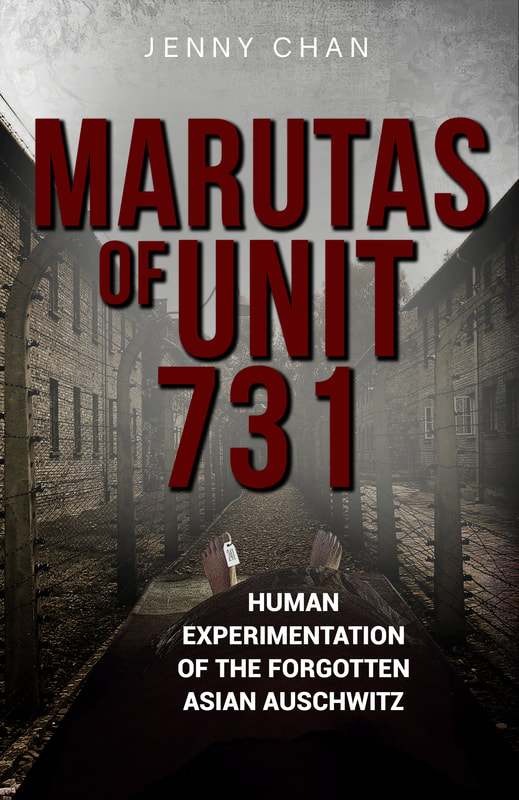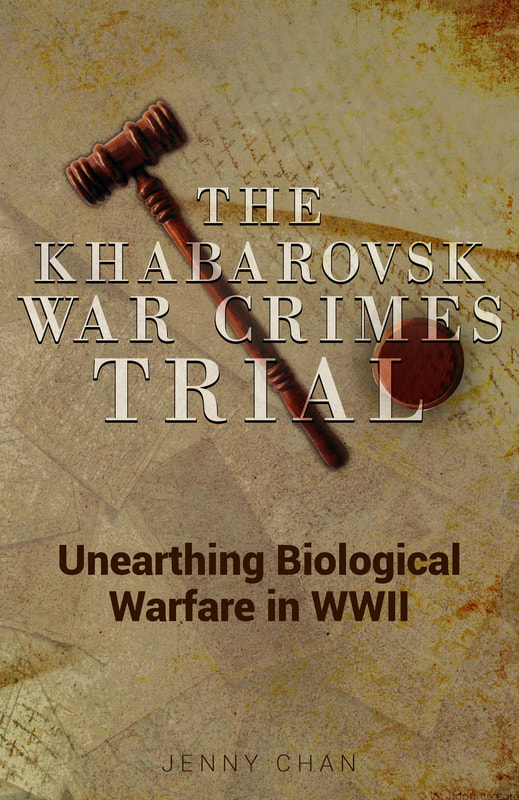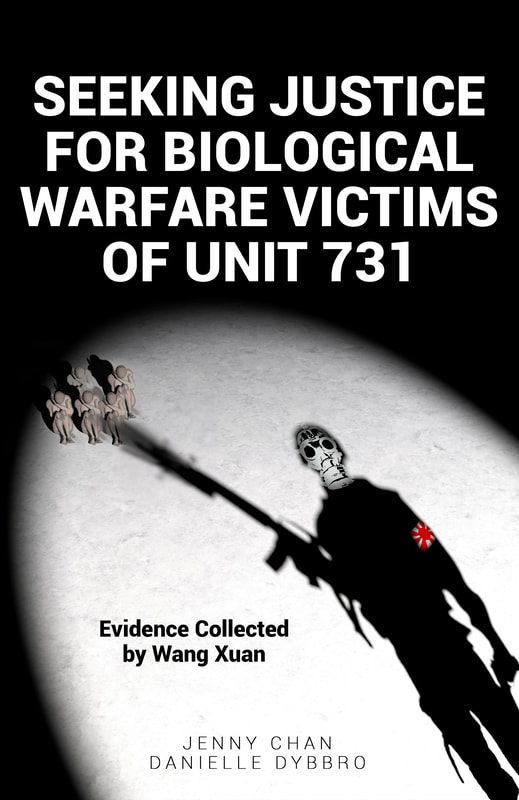|
Unit 731 was known as a covert chemical and biological warfare research and development section of the Imperial Japanese Army that commenced lethal human experimentation during the World War 2. This program was responsible for some of the most horrific war crimes that were carried out by the Imperial Japanese Army.
(continued) Officially it was known as the Epidemic Prevention and Water Purification Department of The Kwantung Army, the site was originally set up under the command of General Shiro Ishii who was a combat medic officer at the Kwantung Army. He finished his studies in microbiology at the Kyoto Imperial University in Japan. He came up with the idea of having the facility built to keep up with the West, since they were believed to be developing their own weapons of biological warfare. The Japanese government heavily invested in the facility in order for it to function fully. General Shiro Ishii’s career started accelerating in 1932 after he was chosen to be the head of the biological warfare division where his mission was to perform covert experiments on live subjects. The location was later than moved to Pingfang and General Ishii was again appointed as the director.
Masaji Kitano was a commanding officer of Unit 731. He graduated as a medical doctor at Tokyo Imperial University. He joined the army as an army surgeon with the rank of a lieutenant. Right before the full blown Sino-Japanese War, he taught microbiology at the Manchu School of Medicine in Manchuria. Manchuria had been a puppet state of Japan’s since 1931. Read more here: http://www.pacificatrocities.org/blog/marutas-in-manchuria-imperial-japanese-biological-warfare-1931-1945. By 1942, he was made second in command of Unit 731. He was known to be the chief funeral commissioner of Shiro Ishii. After the Japanese surrendered in August 1945, he ended up being detained in a POW camp in Shanghai. Due to a deal made with the Allied, he was released in exchange for research material of biological warfare. He was later repatriated to Japan in January 1946 and became the chief director of Green Cross, a Japanese Pharmaceutical company. Another member of the Unit 731 was Yoshimura Hisato, who was a physiologist. Before his career in Unit 731 in 1938, he was a lecturer at Kyoto Imperial University Faculty of Medicine. He was employed by the Imperial Japanese Army as an Army Engineer, which was a researcher who was treated like an officer but not a professional military serviceperson. At Unit 731, he took a great interest in hypothermia. Taking into consideration Maruta’s study in limbs, Hisato made his prisoners submerge their limbs in a tub of water that was filled with ice and then had them hold until their leg or arm had frozen solid and a coat of ice formed in their skin. An eyewitness stated that the limb sounded like wood when they were struck with a cane. In addition the physiologist also tried different methods for rapid rewarming of the frozen appendages by dousing them in hot water, holding them close to an open fire source or even leaving the subjects all night in order for him to see how long it would take for an individual’s own blood to thaw out. After the war was over, he was able to obtain war crime immunity, and he became the president of Kyoto Prefectural University of Medicine. In addition, Yasuji Kaneko is also one of the alleged members of the Unit 731 as the testimony of his crimes committed have appeared in the 2001 film known as Japanese Devils and 2007 film Iris Chang: The Rape of Nanking. He started testifying at the age of 76 in 1996 about his activities in Nanjing Massacre as well as Unit 731. As an ex-soldier of the Imperial Japanese Army, not only did he spread cholera into the water system in Linqing in 1943. He had also claimed to raped many women during the war as he could not afford comfort woman as a lower ranking soldier. Yoshio Shinozuka was a teenager when he joined Unit 731 under the impression to provide safe drinking water to other soldiers. His day to day duty included raising fleas infected with plague on rats as well as vivisections. There were many victims from Unit 731, but many of the soldiers were able to be freed in exchange for their knowledge of human experimentation. Many of them lived prosperous lives after the war. Although they gained a lot of science knowledge, their ways of violating human rights were mostly forgiven in the name of science. References
Related ArticlesRelated Books
4 Comments
Kelley
5/21/2024 01:35:58 am
Thank you for your work in this space.
Reply
Leave a Reply. |
- Home
- Stories
-
Internship
- Summer 2024 Internship
- Summer 2023 Internship
- Fall 2022 Internship
- Summer 2022 Internship
- Summer 2021 Internship
- Fall 2020- Spring 2021 Internship
- Summer 2020 Internship
- Fall 2019 Internship
- Summer 2019 Internship >
- School Year 2018-2019 Internship
- Summer 2018 Internship >
- Fall 2017 Internship
- Summer 2017 Internship >
- Books
- Archives
-
Resource Page
-
Supplementary Research Guides
>
- Unit 731 - Guide >
-
Philippines' Resistance - Guide
>
- Philippines World War II Timeline
- The Japanese Invasion & Conquest of the Philippines
- Bataan Death March
- Formation of Underground Philippines Resistance
- Supplies of the Guerrilla Fighters
- The Hukbalahap
- Hunter's ROTC
- Marking's Guerrillas
- United States Army Forces in the Philippines of Northern Luzon (USAFIP-NL)
- The Aetas
- Chinese and Filipino-Chinese Nationalist Guerrilla Units
- The Female Faces of the Philippine Guerrillas
- Rising Sun Flag - Guide >
- Pinay Guerrilleras - Guide >
- Fall of Singapore - Guide >
- Three Years and Eight Months - Guide >
- Siamese Sovereignty - Guide >
- The Khabarovsk War Crimes Trial - Guide >
- Unit 731 Cover-up : The Operation Paperclip of the East - Guide >
- Marutas of Unit 731 - Guide >
- Prince Konoe Memoir - Guide >
- Competing Empires in Burma - Guide >
- Battle of Shanghai - Guide >
- Ishi Shiro - Guide >
- Taiwan The Israel of the East - Guide >
- Seeking Justice for Biological Warfare Victims of Unit 731 - Guide >
- Rice and Revolution - Guide >
- Clash of Empires - Guide >
-
Hunger for Power and Self-SufficiencyI - Guide
>
- The Influence of War Rations on Post-War Culinary Transformations
- How World War II Complicated Food Scarcity and Invention
- American Military Innovations
- Government-Sponsored Food Inventions in Europe during World War II
- Feeding the Army: The Adaptation of Japanese Military Cuisine and Its Impact on the Philippines
- Mixed Dishes: Culinary Innovations Driven by Necessity and Food Scarcity
-
Denial A Quick Look of History of Comfort Women and Present Days’ Complication - Guide
>
- The Comfort Women System and the Fight for Recognition
- The Role of Activism and International Pressure
- The Controversy over Japanese History Textbooks
- The Sonyŏsang Statue and the Symbolism of Public Memorials
- Activism and Support from Japanese Citizens
- The Future of Comfort Women Memorials and Education
- Echoes of Empire: The Power of Japanese Propaganda - Guide >
- Lesson Plans >
-
Supplementary Research Guides
>
|
Pacific Atrocities Education
730 Commercial Street San Francisco, CA 94108 415-988-9889 |
Copyright © 2021 Pacific Atrocities Education.
We are a registered 501 (c)(3) charity. |
- Home
- Stories
-
Internship
- Summer 2024 Internship
- Summer 2023 Internship
- Fall 2022 Internship
- Summer 2022 Internship
- Summer 2021 Internship
- Fall 2020- Spring 2021 Internship
- Summer 2020 Internship
- Fall 2019 Internship
- Summer 2019 Internship >
- School Year 2018-2019 Internship
- Summer 2018 Internship >
- Fall 2017 Internship
- Summer 2017 Internship >
- Books
- Archives
-
Resource Page
-
Supplementary Research Guides
>
- Unit 731 - Guide >
-
Philippines' Resistance - Guide
>
- Philippines World War II Timeline
- The Japanese Invasion & Conquest of the Philippines
- Bataan Death March
- Formation of Underground Philippines Resistance
- Supplies of the Guerrilla Fighters
- The Hukbalahap
- Hunter's ROTC
- Marking's Guerrillas
- United States Army Forces in the Philippines of Northern Luzon (USAFIP-NL)
- The Aetas
- Chinese and Filipino-Chinese Nationalist Guerrilla Units
- The Female Faces of the Philippine Guerrillas
- Rising Sun Flag - Guide >
- Pinay Guerrilleras - Guide >
- Fall of Singapore - Guide >
- Three Years and Eight Months - Guide >
- Siamese Sovereignty - Guide >
- The Khabarovsk War Crimes Trial - Guide >
- Unit 731 Cover-up : The Operation Paperclip of the East - Guide >
- Marutas of Unit 731 - Guide >
- Prince Konoe Memoir - Guide >
- Competing Empires in Burma - Guide >
- Battle of Shanghai - Guide >
- Ishi Shiro - Guide >
- Taiwan The Israel of the East - Guide >
- Seeking Justice for Biological Warfare Victims of Unit 731 - Guide >
- Rice and Revolution - Guide >
- Clash of Empires - Guide >
-
Hunger for Power and Self-SufficiencyI - Guide
>
- The Influence of War Rations on Post-War Culinary Transformations
- How World War II Complicated Food Scarcity and Invention
- American Military Innovations
- Government-Sponsored Food Inventions in Europe during World War II
- Feeding the Army: The Adaptation of Japanese Military Cuisine and Its Impact on the Philippines
- Mixed Dishes: Culinary Innovations Driven by Necessity and Food Scarcity
-
Denial A Quick Look of History of Comfort Women and Present Days’ Complication - Guide
>
- The Comfort Women System and the Fight for Recognition
- The Role of Activism and International Pressure
- The Controversy over Japanese History Textbooks
- The Sonyŏsang Statue and the Symbolism of Public Memorials
- Activism and Support from Japanese Citizens
- The Future of Comfort Women Memorials and Education
- Echoes of Empire: The Power of Japanese Propaganda - Guide >
- Lesson Plans >
-
Supplementary Research Guides
>
